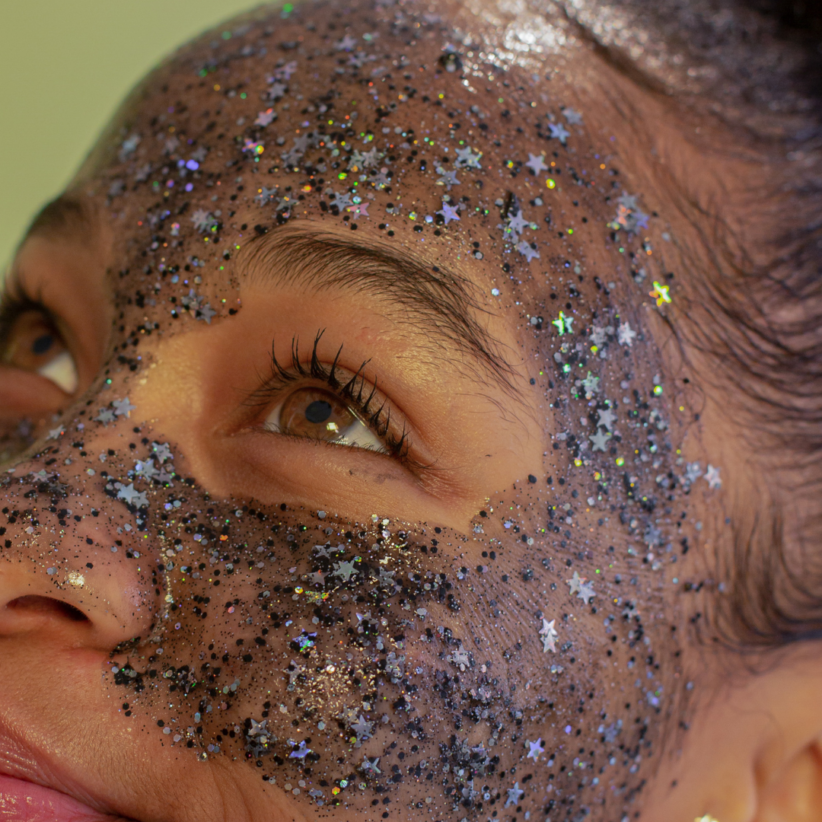“The Talk” is one of the most dreaded discussions you can have with a youngster – or so we used to think. Today’s kids have more avenues than ever for being exposed to sexual content, and not always on purpose. Twenty seven percent of children ages 10 to 17 have been exposed to unwanted sexual content. Whatever the reasons, many teens are learning about sexuality at a young age, before many parents have the chance to start and guide the conversation.
When it comes to sexting, current estimates suggest that as many as 40 percent of all high school students have either sent or received a sext – and 70 percent have admitted to sexting with their boyfriend or girlfriend. This shouldn’t be too surprising, though – not when we look at their background.
Why are teens sexting?
Teens typically hit puberty – and gain an active interest in sex – around 12 or 13 years old. For most children, that’s around the same time they get their first smartphone. For those with unrestricted access to the web, the easiest way to learn about sex is simply by looking it up online.
When they feel ready to explore their sexuality with a partner, once again smartphones provide them a new outlet. Social media apps like Instagram and Kik make it easier than ever for teens to make a connection and engage in sexual behavior – and teens are quick to take advantage of this opportunity.
But the reasons aren’t always purely sexual. While 77 percent of boys sext to initiate sex, 40 percent of girls say they sext as a joke, while 34 percent say they sext to “feel sexy.”
Regardless of why they sext, the act of sexting can have serious consequences.
How dangerous is sexting?
Most youngsters (and parents!) think that sexting is less risky because there’s no risk of STDs, pregnancy, or many other problems when teens are just sexting.
That isn’t wrong, but it does encourage turning a blind eye to other problems that sexting can cause.
First, kids who sext are more likely to become sexually active. In many cases, sexting is effectively an intermediate step between the start of a relationship and progressing toward active sexual encounters. There is no set period of time for how long this can take – kids may take months or even years before they finally decide to take their relationship to the next level.
Next, while sexting is supposed to be a private exchange, in today’s digital world, “privacy” is very hard to maintain! Sexually explicit messages or images can very easily be saved and shared – and once it’s online, it doesn’t go away. You can’t take it back, and you can’t control how other people use it.
When planning your conversation about sexting with your teen, take into account these elements:
- Once shared, a sext can live online for years to come. Even sexts sent on apps like Snapchat, where the messages are “instantly” erased, can be saved by screencapping.
- Sexting generally leaves you vulnerable, and gives the other person in the relationship all the power. They could, for example, threaten to spread a sext throughout the teen’s school.
- Youngsters (especially younger children) should always tell adults if they have been shown a sext – especially if it wasn’t meant for them in the first place, because that’s probably hurting someone else.
- Teaching children to have self-respect can help them refuse to do things others are trying to pressure them into.
- There are legal ramifications to sexting – sexting between kids can be considered child pornography! In the worst-case scenario, being charged with a sexting-based crime could impact a child’s life for decades.
Having the ‘Sext Talk’
Early With children connecting to the digital world even before they start kindergarten, it’s best to talk with your children as early as possible. Even if you don’t discuss sexting directly, frame the conversation about what you consider safe and acceptable behavior.
By laying the foundation early, your child will know how to make the right choices as they grow and come across these issues.
Rawdon Messenger is CEO of TeenSafe, a company that helps parents to be a responsible partner in their children’s digital lives.









